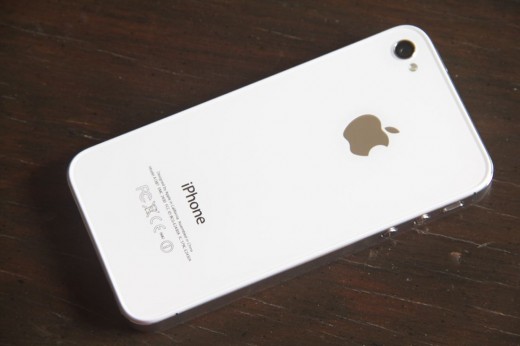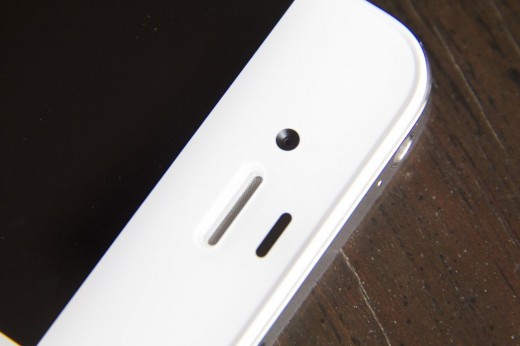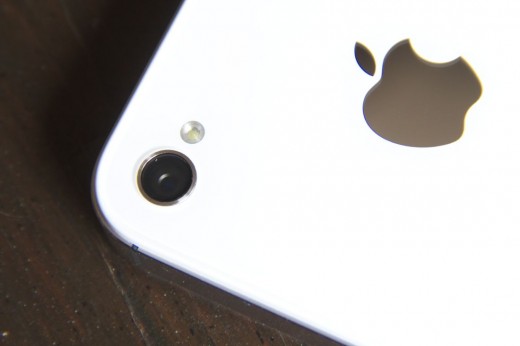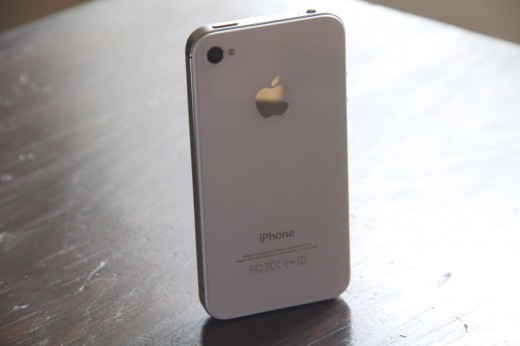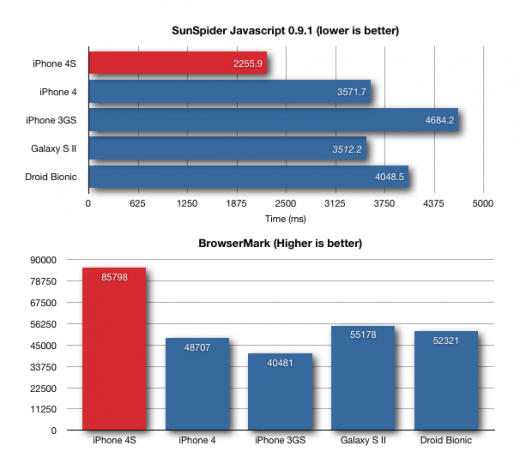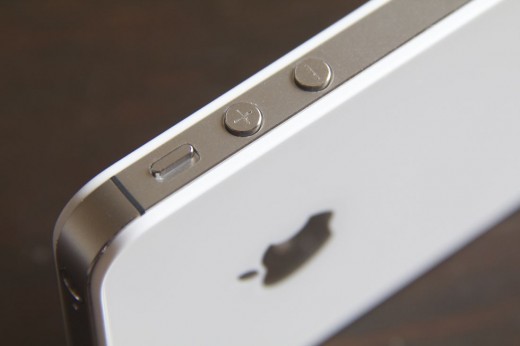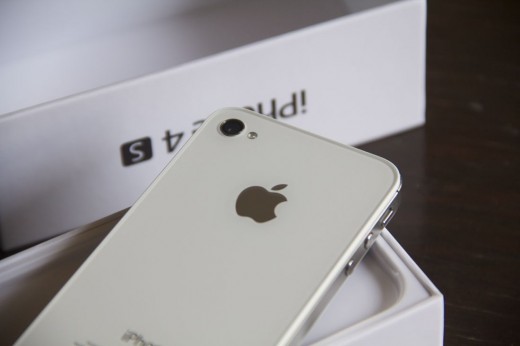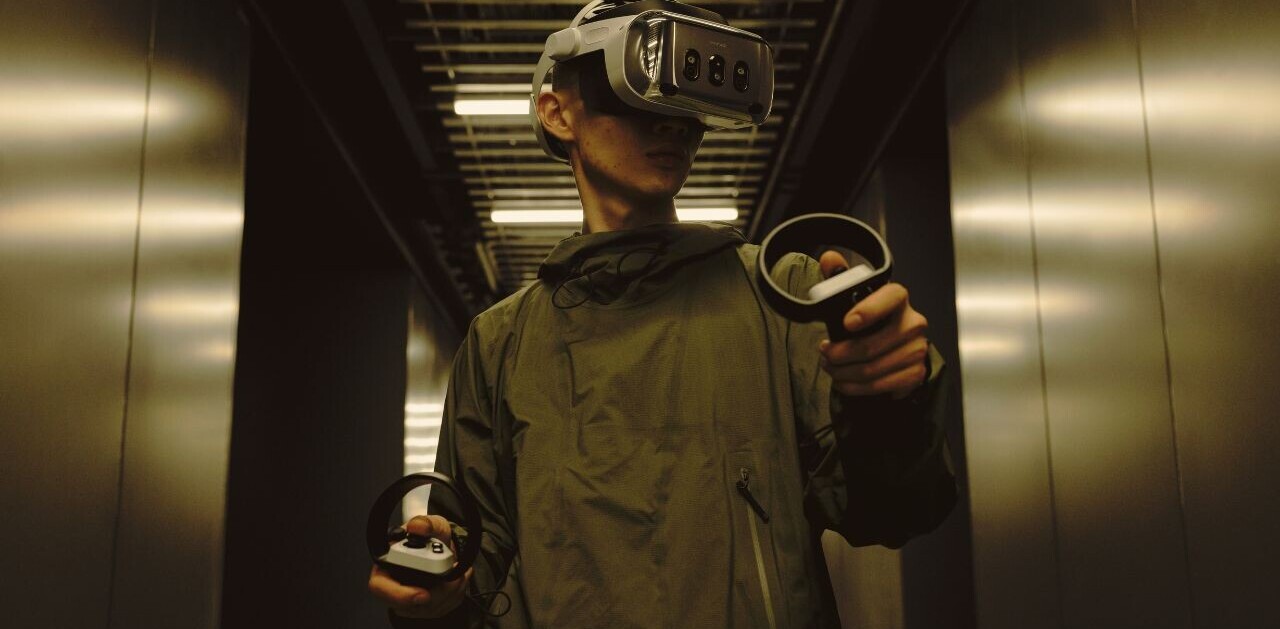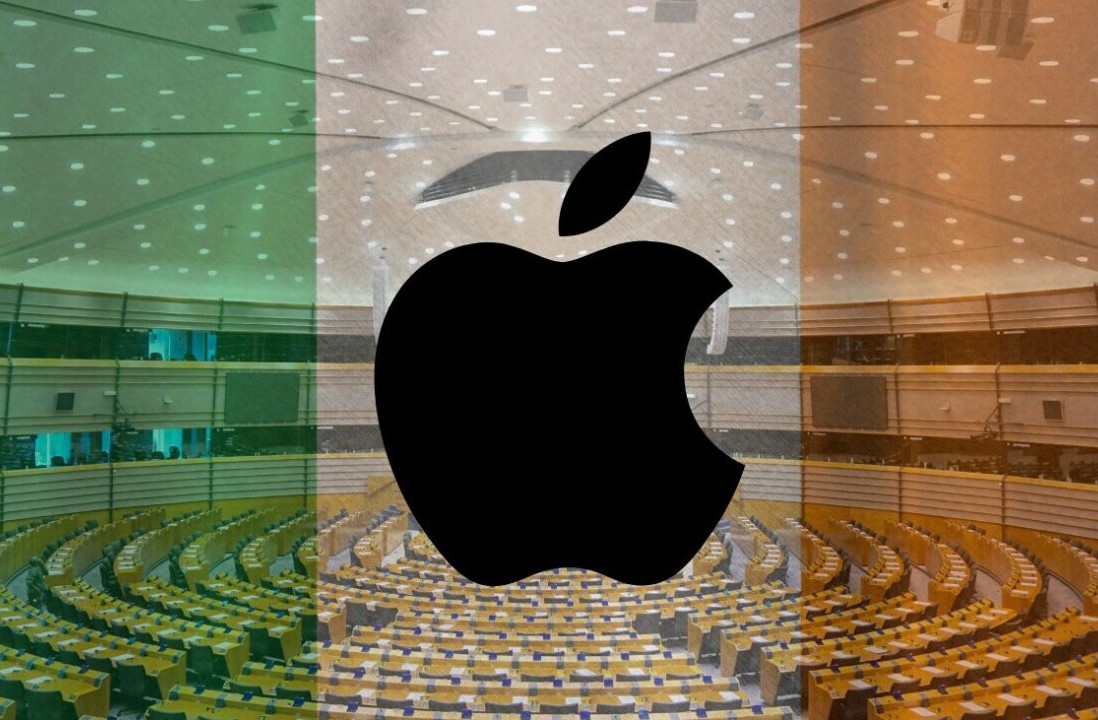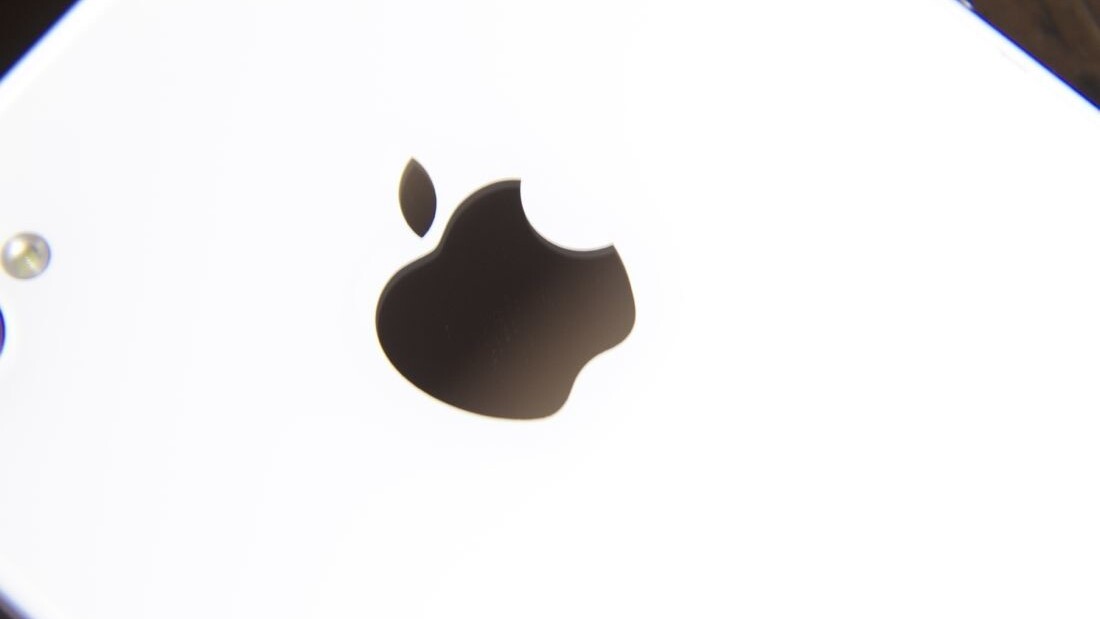
Rehash. Unsurprising. Tepid. Disappointing. Apple’s next iPhone has, as always, collected a host of adjectives used to describe it by analysts and journalists alike.
This time around though, it wasn’t the traditional Apple mantra of ‘magical’ and ‘best ever’ but a chorus of pouty and desultory cries from people expecting a bold new design and a new numeral designation that made headlines.
As a team of Apple executives, clearly missing the polarizing and energetic presence of Steve Jobs, took the stage to introduce the latest iPhone, expectations ran high. Rumors of a completely redesigned iPhone, rumors that Apple’s Tim Cook says have definitely impacted Apple’s financial outlook, were feverishly traded in the months leading up to the announcement.
Exacerbating the situation was the fact that this was the longest gap between introductions of a new iPhone since the product’s inception.
The moment that the iPhone 4S made its appearance, wearing a casing that essentially duplicated the external appearance of the CDMA iPhone 4, the assault began. On top of the ‘disappointment’ of a similar looking iPhone was the ‘lackluster’ performance of the executives, which was described as downbeat and muted.
Of course, the very next day we all knew why the presentation might have seemed to some as if it had a more subdued tone.
While Cook, Phil Schiller and Scott Forstall were presenting the new device and its new voice control feature Siri, their friend and mentor Steve Jobs was at home, close to death.
After Jobs’ passing, the presentation resonated in a new light and actually became a remarkable display of professionalism and dedication and one that Jobs was most likely very proud of.
But what about the new iPhone? As the last product released before Jobs passing, the iPhone 4S was bound to come under even more scrutiny than any model before it. Now, a week after its release, Apple has sold over 4 million of the devices, setting sales records for many carriers.
But is this merely an effect of Jobs’ passing? Is, as some have suggested, this merely a way for ‘Apple fans’ to show their appreciation for Apple’s past success? Or is the iPhone 4S really the ‘best phone ever’? Let’s take a deeper look.
The Hardware, or: why no redesign?
The iPhone 4S is nominally identical to the iPhone 4. Especially the CDMA model, which launched on Verizon earlier this year.
The version launched on Verizon had a redesigned antenna setup that was introduced to combat the reception issues caused by the ‘death grip’ that bridged the poles of the cellular antenna on the GSM iPhone 4. This antenna setup has been retained on the iPhone 4S, which has four equally placed antenna breaks around the metal rim of the phone.
Other than that, the exterior of the phone is nearly identical to the iPhone 4 on the outside, with the addition of the late-model’s pentalobe security screws that make it slightly harder to open the casing of the device and the movement of the ambient light sensor a few millimeters.
Inside the phone it’s a completely different story. There is no question that the iPhone 4S has been rebuilt nearly from the ground up. Apple made changes to every major area of the phone’s internal components aside from the display, which is still the highest PPI component on the market.
The processor has been upgraded to a tweaked version of the A5 chip that Apple designed in-house and put into the iPad 2. The RAM capacity, however, remains the same at 512MB.
The radio components have been replaced by the new Qualcomm MDM6610 baseband chip which offers ‘World Phone’ capabilities, allowing it to work on CDMA and GSM networks anywhere in the world. It’s worth noting though that the iPhone 4S still operates on the 850, 900, 1900 and 2100mHz bands of the 3G spectrum. This means that it will only still only run on the 2G spectrum of T-Mobile, the last major carrier not to offer the iPhone.
There is a redesigned antenna system that features two antennas that can be switched between on the fly to handle sending and receiving. This gives the iPhone 4S more flexibility in keeping contact with the network on voice calls and data transmissions.
The camera components are supplied by Sony and have gotten a nice upgrade to an 8 megapixel array with a backlit CCD for better low-light shooting. The faster processor, and most likely the new Image Signal Processor, now allow the iPhone 4S to shoot 1080p HD video as well.
The battery has been slightly bumped in capacity to 5.3Whr to support the more power-hungry 8MP camera and A5 processor. There is also a new linear oscillating vibration motor that allows for more intense vibration and a sharper falloff for more definite vibration patterns. A smattering of different communications and processing chips round out the other internal differences.
So, the question is, if the iPhone 4S is a major internal overhaul, which it most definitely is, why didn’t Apple redesign the iPhone 4S and just call it the iPhone 5?
Much of the confusion about why Apple didn’t release a major redesign of the iPhone comes down to two major factors. One, people don’t understand just how hard it is to finalize a new design, build the manufacturing pipeline for it and get it produced. Apple has made a career out of surprising and delighting people with its designs and, especially recently, has been doing some incredible things with the size and shape of its device, like the MacBook Air. This has led the general public, and unfortunately some technologists and writers, to expect a magical redesign of an Apple product every time a new model is released.
The iPhone 3G and iPhone 3GS are an apt comparison here as the latter featured a much upgraded processor and a major bump in the amount of memory inside from 128 to 256MB. This represented a huge shift in the scope that a native app could take on. The iPhone 3GS is one of the biggest reasons that we have so many really great apps today. But at the same time, it was not redesigned and some were disappointed.
The second reason that the iPhone 4 was not redesigned is that there is really no compelling need to do so. The design of the iPhone 4 is still magnificent. It feels dense, well made and polished in every sense of the word. There is still not a phone on the market that can match its overall thinness. The Droid RAZR and Nexus Galaxy both make claims to be thinner, but in fact feature lopsided humps on the back so that they can fit in the camera assembly and radios. Apple simply chose to go with a more symmetric design and still managed to keep their device the thinnest at its widest point.
In the end, the real reasons for the iPhone 4S being called ‘disappointing’ are quite simple. Intense rumors and iPhone case makers that jumped the gun on predicting the new design built hype. Then writers looking for pageviews and those with a systemic dislike for all things Apple took that hype and used it to dub the new phone a disappointment.
When in reality it is still one of the best received, most successful and thinnest phone designs on the market and has been given a huge overhaul internally with this latest edition.
iOS 5
As I’ve written more than I care to remember about iOS 5 I won’t be covering it extensively here aside from the features unique to the iPhone 4S. If you’re interested in the new software please check out our Complete Guide to iOS 5 here.
That being said, I will quote a bit from that guide to set the stage:
If you’ve been with the iPhone from the beginning then you will be absolutely stunned by how fresh and aggressive the changes in iOS 5 feel to you. If you’re a newcomer, then this is the perfect jumping off point as Apple embarks on its iCloud-enabled future.
The work that has gone into iOS 5 is frankly staggering. Walking out of the WWDC keynote, I just couldn’t imagine how so much got added and whether it would be as polished as it looked in the presentations. After living with it day in and day out for several months, I can tell you that I am still stunned.
Honestly, the guide is very extensive, please do give it a look if you’re interested in more about iOS 5.
Siri & Dictation
Lets just kick this thing off right. The biggest reason for most people to get the iPhone 4S is Siri, the second biggest is the camera. Siri, Apple’s voice activated assistant that is exclusive to the iPhone 4S, is an absolute killer feature. I fully believe that Siri will not only save people time, it will save lives.
Apple’s Siri assistant is a new feature of the iPhone 4S that replaces the never-great Voice Control. To activate it, you hold down on the home button until the Siri icon appears and you speak into it. You use natural speech to communicate with it, as you would with a personal assistant. If you would like Siri to make an appointment for you, for instance, you might say “Siri, please make me an appointment for Tuesday at 3 o’clock with Tom Wilson.” Siri will set up a new event on your calendar for that date and time and link it with a contact in your address book that matches that name.
I think that the best way to show this off is to see how Siri will help you in real life. Here’s a video of a typical day with Siri as your assistant:
This kind of contextual logic is exactly what has been missing from voice control on phones. The ability to speak as you would to a human and not ave to reconfigure your speech patterns and thought processes to speak to a computer. Google has been far ahead of Apple on the integration of its voice control for some time, but no Android phone has anything like Siri.
Siri is also incredibly accurate. Largely this has to do with how good it is at hearing what you say and parsing that into words. This comes in handy for giving Siri accurate data to parse for commands, but it also enhances the other component of Apple’s speech strategy on the iPhone 4S: Dictation.
Dictation has been added system-wide in the simplest manner possible. What is present at any location where you have a text box to fill? The keyboard. So Apple went ahead and added a microphone icon on the keyboard that can be tapped to access dictation anywhere appropriate. Just tap once, dictate your text and tap the ‘done’ button. The speech-to-text on display here is some of the best I’ve ever seen on a phone, and indeed some of the best anywhere.
Apple didn’t create Siri or the technology that helps it be so scarily accurate. Siri was actually an app on the App Store that Apple acquired in 2010 and the voice interpretation technology is powered by Nuance, although you won’t find any references to it on Apple’s websites.
The Nuance deals have been in place for some time, although Siri was kept mostly a secret until a few weeks before the iPhone 4S launch. The deal to purchase Siri went through in 2010 and since then, Apple has been tweaking and tuning Siri to work exactly as it wants it to.
Siri has its roots in a project called Cognitive Assistant that Learns and Organizes, which was funded in part by DARPA. Members of the project as well as employees of SRI International, who coordinated the project, split off and formed Siri shortly thereafter. SRI’s Norman Winarsky called Siri a “world changing event” in an interview with Seth Weintraub of 9to5Mac. “Right now a few people dabble in partial AI enabled apps like Google Voice Actions, Vlingo or Nuance Go,” said Winarsky. “Siri was many iterations ahead of these technologies, or at least it was two years ago. This is real AI with real market use…Apple will enable millions upon millions of people to interact with machines with natural language,” adding, “we’re talking another technology revolution. A new computing paradigm shift.”
Whether Winarsky’s predictions will come true remain to be seen, but it is clear that Siri works on a level far beyond that of most voice control apps or services.
Part of Siri’s usefulness on the iPhone is the fact that, unlike most native apps including the original Siri app, it has unfettered access to the system apps and OS. this means that it can leverage your contacts, calendars, text message system and Apple’s new Reminders app in ways that would never be allowed by a third-party app.
Honestly, Apple’s biggest trick with Siri is the way it imbued it with personality. The slightly snarky, but friendly and helpful, tone that it takes on practically invites you to use it. At first just because you want to hear what it’s going to say, but eventually because it is actually helpful.
The most telling thing about Siri, and why Apple most likely didn’t just call it ‘assistant’, is that you find yourself calling it by name, whether you realize it or not. It’s not necessary to do so, but you end up finding it feeling more natural when you do.
Siri isn’t just a feature, it’s a personality, and that’s a killer feature.
Camera
With the iPhone 4, Apple began to officially acknowledge that we use our phones as our camera whether we like it or not. Tap-to-focus, improved resolution and a backlit CCD were all added to help boost performance.
With the iPhone 4S, Apple took this philosophy even further, bringing the video resolution up to 1080p, increasing the megapixel rating to 8 and boosting the speed considerably.
The iPhone 4, and now the iPhone 4S, both have fantastic cameras that compare well against any other phone out there, and even some much more expensive cameras. I can speak from personal experience when I tell you that in the end, it is largely the photographer and not he camera that makes the shot
In our testing, we’ve shot a series of images in bright light, indirect light, low light and open shade. No flash images as they all pretty much stink anyway. Each image is displayed in the slideshow below and labeled on Flickr.
We shot the iPhone 4S alongside two of the hottest flagship phones in the Android ecosystem just to show you exactly how good Apple’s new camera is.
You can click through to see the labels and the high-resolution versions of the files direct from the devices but the show below follows this order all the way through:
- iPhone 4S
- Galaxy S II
- Droid Bionic
These images show off the fact that the iPhone 4S’s camera is one of the best of any smartphone. Little to no chromatic aberration in high contrast subjects with no visible purple fringing for the most part and very little comatic issues at the edges of the lens, where you will typically see distortion. The image processor of the iPhone also shows a much lighter hand when it comes to over-saturation, a common issue with the Galaxy S II. The flowers are a good example of this.
The camera performance isn’t limited to stills either, the new 1080p video recording is excellent as well.
Moving subjects are the absolute worst thing for smartphone video. The aperture of the lens will govern how much light you have available and the data processing of the device gets taxed as every pixel of the image being captured is changing at a faster rate than average. The bit-rate of video often drops with agitated water and grass and any other subject with a lot of motion, causing a ’tiling’ effect.
The following video is a sample of agitated water and a subject that contains a lot of highlights, shadows and a change in distance of focus, which should tax any video device.
The iPhone 4S’ video is warmer and more saturated and tends to break up less when it’s faced with quick motion.
The still and video shooting improvements have been backed up by massive speed improvements in both opening and shooting the first image and in subsequent shots. The iPhone 4S’ camera is now blazingly fast and Phil Schiller’s claims of 1.1 seconds to the first and a half second for each subsequent shot have been borne out in my tests.
The teeth-grinding slowness of the camera opening is completely gone here. Whether it is due to Apple’s A5 chip or software refinements, it’s a welcome change and you can tell that a lot of massaging went into getting this to be as fast as possible.
There are some other software features, but once again, these are covered extensively in our iOS 5 guide. Here is the section on the camera.
The video quality, especially now that it records at a full 1080p resolution, combined with the stellar still images, makes the iPhone 4S the best choice for anyone who uses their phone extensively as a camera.
Performance
With the release of the iPhone 4S, we’ve finally gotten to see what Apple’s version of a phone running the beefy A5 processor of the iPad 2 performs like. There will be a lot of comparisons made there to the other devices on the market but the most important ones for most people will be the browser and graphics performance numbers.
Most people play games and browse the web extensively on smartphones, regardless of what we may want to say that we do with them. Browser performance is therefore a great way to gauge how ‘fast’ a phone will feel when you’re using it.
Here’s how the numbers look against the top 2 Android handsets as well as the iPhone 4 and iPhone 3GS.
The iPhone 4S performs insanely well in browser tests, showing off the capabilities of the A5 and its heavily improved Webkit rendering engine. Web apps and browsing are buttery smooth on the latest incarnation of the iPhone with the iPhone 4 coming in a tight second. The iPhone 3GS lags well behind with its older processor.
After using the web, playing games is another primary use of smartphones, which makes graphics benchmarks good to look at. Here there is absolutely no comparison as the iPhone 4S’s SGX543MP2 chip and its A5 processor really blow the competition away.
This newer generation graphics processor kills devices like the Galaxy S II which has Arm’s Mali-400 powering it’s graphics alongside the beefier Exynos chip and the Droid Bionic running the older SGX 540 GPU.
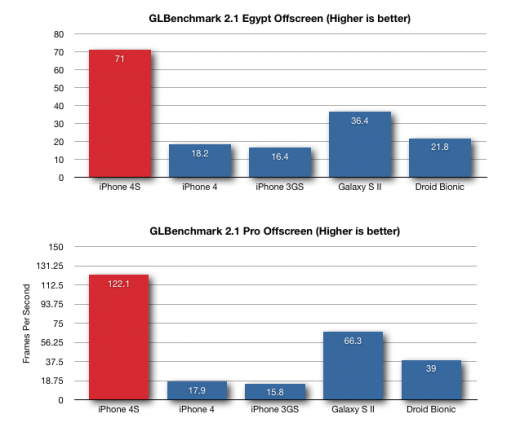
Next generation 3D games, especially when used with AirPlay to output them to a larger screen, should look and perform best on the iPhone 4S, especially as developers optimize their games for the platform, as we have seen Epic do with previous releases and will be doing with Infinity Blade 2.
Battery life
The battery life of the iPhone 4S is not what the iPhone 4’s was. It is significantly less, especially when left alone in ‘standby’. Apple acknowledged this with the drop in rating from 300 hours to 200 hours from the iPhone 4.
In our testing, the iPhone 4S drains its battery significantly faster than the previous model when under heavy use, with average use times of between 8-10 hours with data, photo and video shooting and some talk. This is less than the average person’s day but fits the profile of a power user.
If you’re using the iPhone 4S to just putter around on the web and make a few calls, we found the battery life to be similar if still a bit lower than the iPhone 4’s at around 12-14 hours. In other words, for most people the shorter battery life of the iPhone 4S won’t really be all that noticeable, but heavy users will take a hit.
The heavier use of the battery most likely has a lot to do with more background services running on the iPhone 4S with iCloud. Our iPhone 4 test unit on iOS 5 also exhibited lower battery performance than with iOS 4.
iCloud, Siri, location-based reminders, all of these things require constant monitoring and will affect the battery. If you’re having a rough time of it, here are some things to check and perhaps disable if you can do without them.
- Siri’s ‘Raise to Speak’ feature – Siri can detect when you hold an unlocked phone to your ear and enable its listening mode. This means that your phone is constantly monitoring accelerometers and the proximity sensor while it is unlocked. Visit Settings>General>Siri>Raise to Speak>off.
- Ping – Apple’s social network for music is used by next to no one. To turn it off go to Settings>General>Restrictions, turn them on and disable Ping.
- Location Reminders and Find My Friends – If you’re not actively using Apple’s new location-based Reminders app, turn off the feature at Settings>Location Services>Reminders>Off. I’ve found that it nearly constantly monitors your location and eats up battery. There also seems to be a ‘behavior’ that doesn’t dismiss your reminders once they’re given and will continue to remind you until you delete it in the app. So if you use it, delete when done. You can also disable the Find My Friends app when not in use here, although it tends to be kinder about when it monitors your location.
- Calibrate your battery – Battery calibration isn’t as important with Lithium technology as it was with Nickel Cadmium, but it can still help to keep your battery in good shape. Once a month drain your iPhone all the way to its last drop, then charge it up full. You should also do this when you get your phone.
Network & Antenna
The iPhone 4’s ‘antennagate’ fiasco, which was largely based on an antenna issue that only reared its head when the phone was gripped solidly in a fist, caused a lot of hassle for Apple. In the end, it doesn’t seem to have affected the sales of the iPhone 4 much, if at all, and I rarely ever noticed the effects while using it.
But nonetheless, Apple wanted to avoid anything like this happening ever again, so it went back to the boards on the antenna system with the CDMA iPhone 4, repositioning the antenna breaks to avoid the same attenuation problem.
The iPhone 4S has taken this one step further. Not only does it feature the deathgrip-defeating re-arrangement of the external antenna breaks, it also features two internal antennas that it can switch between at will for sending and receiving.
For most people although in larger cities with HSPA+ networks you have a (theoretical) maximum of 14.4Mbps for the iPhone 4S. But in real world testing, you’re likely to get closer to 3-4 Mbps in places with middling coverage. If you’re lucky enough to be in a high-coverage area then I’ve seen up to 9 Mbps in some areas but not in my testing.
The results of cross-iPhone model testing aren’t all that surprising if you’re familiar with the network technologies involved here. Sprint’s network, although based on CDMA technology like Verizon, is aging and its 3G speeds are normally sub-par even as its reliability is high overall. So it’s not a shock that it runs last in this test. Roughly the order from fastest to slowest is:
- AT&T
- Verizon
- Sprint
However, there is a bit of a catch when it comes to choosing between Verizon and AT&T. Verizon’s CDMA 3G technology is tuned to give great burst rate download speeds, allowing users to quickly snag smaller bites of data. This can make Verizon quicker than AT&T as you saw in the video, but only if you’re snagging smaller chunks of data like websites.
The iPhone 4S’s antenna has been optimized to take advantage of this speed and when cruising with a good signal you will download larger files like videos and such much quicker on AT&T.
This doesn’t answer the question of reliability or overall network coverage, which Verizon and Sprint both have in spades. But if you’re in an area with good and reliable AT&T coverage, you’re going to get the best maximum velocity there.
Should I buy this thing?
The iPhone 4S is easily the best iPhone apple has ever made. In fact, it may be the best overall phone when considering software, features and ease of use as well.
If you’re not married to the Android OS, there is no reason not to purchase the iPhone 4S. It’s the successor to the best-selling smartphone of all time and ups the ante in all the important ways.
If you’re a current Android user, then you’ll have to make up your mind whether to switch based on the features of iOS and the speedier performance across the web browsing experience. There are some very good pieces of hardware on the market at the moment and I think that the Samsung Galaxy S II and new Nexus Galaxy are both attractive devices.
For those who are iPhone users now, the question is really based on whether you have the money to upgrade and whether you own an iPhone 3GS or iPhone 4. If you’re an iPhone 3GS owner, this upgrade will really feel like a major leap forward in speed and capability and you’ll get the brilliant Siri feature with it.
If you’re on an iPhone 4 now and can afford to upgrade or are in a position to get your upgrade subsidized then I’d suggest you do so as the speed and quality of the camera alone are fantastic and Siri, as well a the boost in gaming and web-browsing are good reasons as well.
If you’re not in a position to get a subsidization on your upgrade, forcing you to pay the full $600+ for the iPhone 4, then its a tougher decision. Apple clearly intended the iPhone 4S to appeal to non-iPhone and iPhone 3GS users specifically, and accepts iPhone 4 upgraders as a nice bonus.
If you feel you can wait and it would stretch your budget in any way, do so. The iPhone 4 is still a fantastic device. I’d recommend that you wipe your phone and do a fresh install of iOS 5 to make it feel like new again.
Conclusion
The iPhone 4S is a huge upgrade in every way aside from the battery life and is industry leading in almost every aspect of performance except network speeds, where LTE devices like the Droid Bionic will blow it away in pure download rates and tethering convenience.
Apple has managed to make an immense amount of changes in iOS 5, introduce a massive new cloud product, refine and install an advanced logic-based assistant feature as well as completely overhaul the antenna, processor and camera in this new device. And they did it on a 12 month cycle from the iPhone 4.
It’s an incredible feat when you think about it and the iPhone 4S showcases all of this in the best way possible. Yes, it’s not a redesigned casing, but in software, hardware and joy of use, the iPhone 4S is a testament to every bit of Apple ingenuity that has come before it and keeps me hopeful for great things to come.
The iPhone 4S is a punctuation mark at the end of Apple’s era of massive growth under the flinty editorial gaze of Steve Jobs. Now, we get to see whether the organism that he built is capable of continuing its pattern of innovation and rebirth. It should be interesting.
Get the TNW newsletter
Get the most important tech news in your inbox each week.


